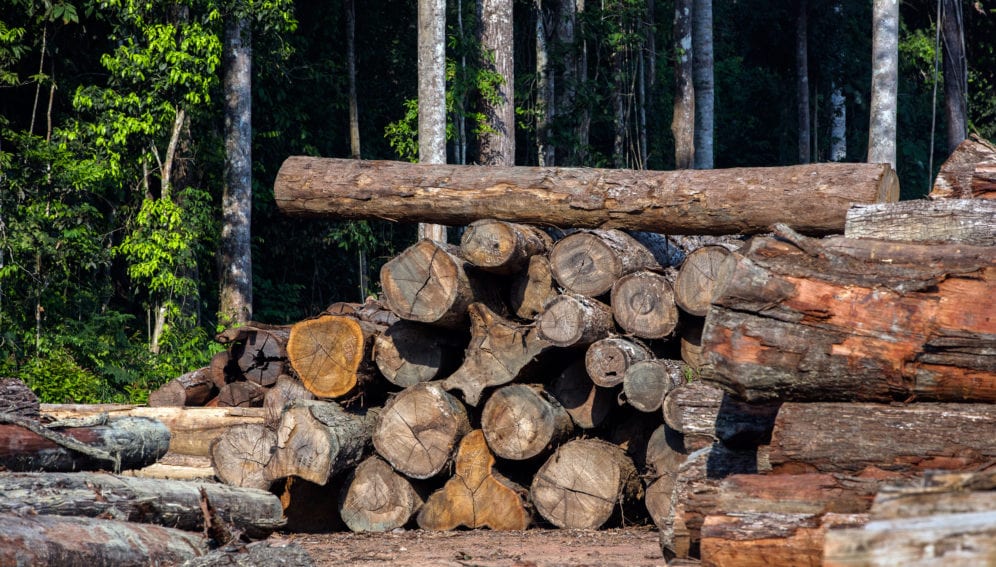By: Henrique Kugler
Send to a friend
The details you provide on this page will not be used to send unsolicited email, and will not be sold to a 3rd party. See privacy policy.
[CURITIBA] Scientists are closing in on how Brazilian loggers use fraud and falsified data to illegally harvest trees from the Amazon rainforest, according to new research that suggests the country’s logging control system is in need of reform.
Illegal logging is often associated with corruption, but extracting timber can also go undetected by authorities because of a lack of resources or the necessary technology to identify tree species, according to the study published in Science Advances this month (August 15).
The practice is a form of poor forest management that costs the government in lost revenue but also harms the environment, destroys habitats and threatens biodiversity.
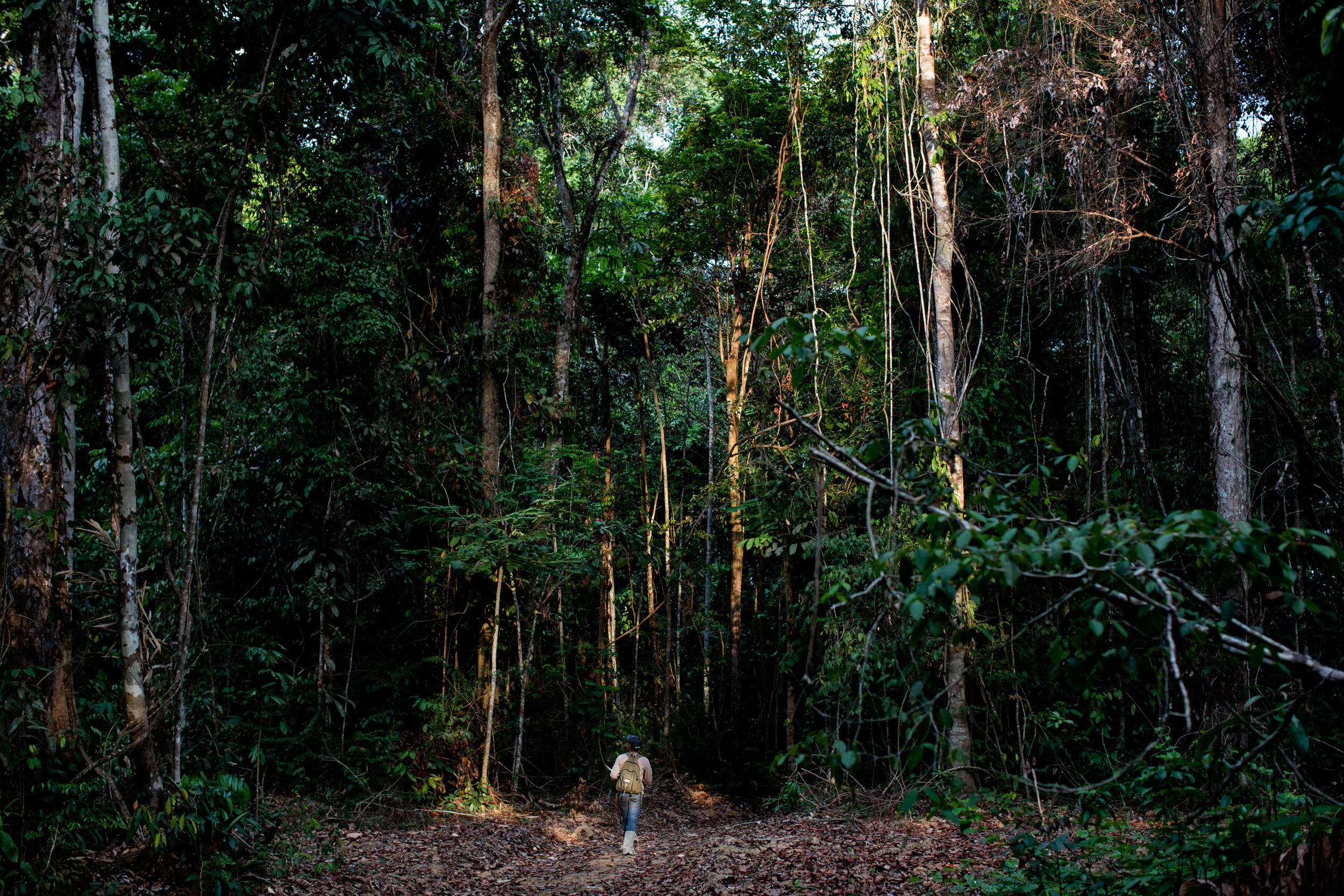
Brazil requires loggers to inform relevant authorities of the exact amount of timber available for commercial exploitation in the areas where they plan to operate. But when researchers compared 427 valid logging permits issued in the state of Pará — in the eastern Amazon — from 2012 to 2017 against the national forest inventory, an official database that estimates the amount of wood available in selected plots, they discovered that over 70 per cent of the documentation failed to match.
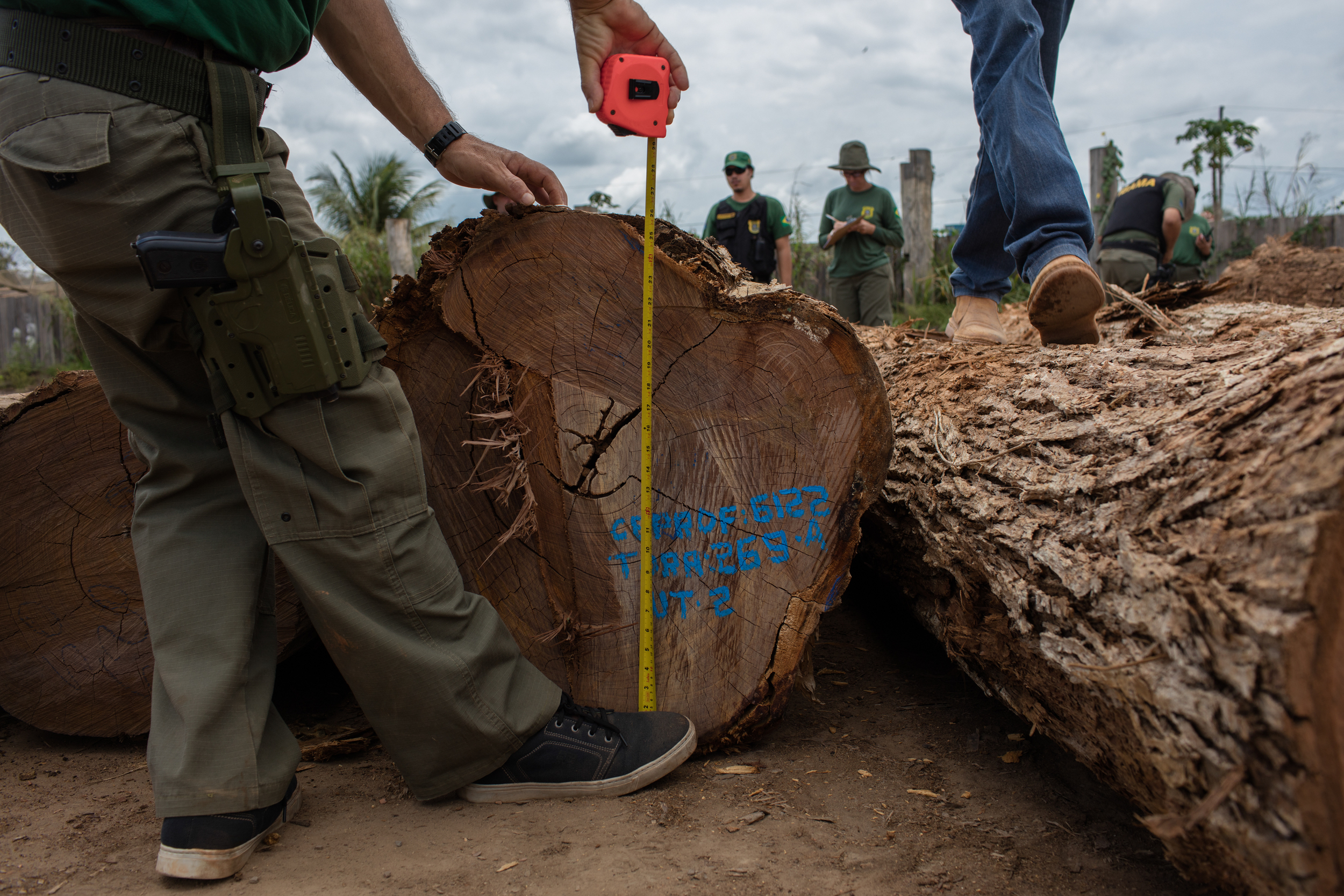


“We’ve found major discrepancies between timber volumes registered in the forest management plans produced by loggers and the data observed in the official inventory”, agronomist Pedro Brancalion, from the University of São Paulo and leading author of the study, told SciDev.Net .
Additional data from the Institute of Man and Environment of Amazonia (Imazon) shows that 44 per cent of all tropical timber harvested in the state of Pará, between 2015 and 2016, were illegal. Instead of areas licensed for logging, they may come from environmentally protected regions such as conservation areas or indigenous reserves.
“It seems to be no coincidence that the species whose volumes were commonly overestimated by loggers are exactly the ones of higher commercial value”.
Pedro Brancalion, University of São Paulo
Brancalion explains that loggers work around the system by overstating the amount of timber they plan to extract. “By doing so, they can get extra timber from non-licensed areas and have authorities believe they were sourced from approved plots,” he says. “Local environmental authorities do not have enough human resources or technology to check whether those estimates are truthful.”
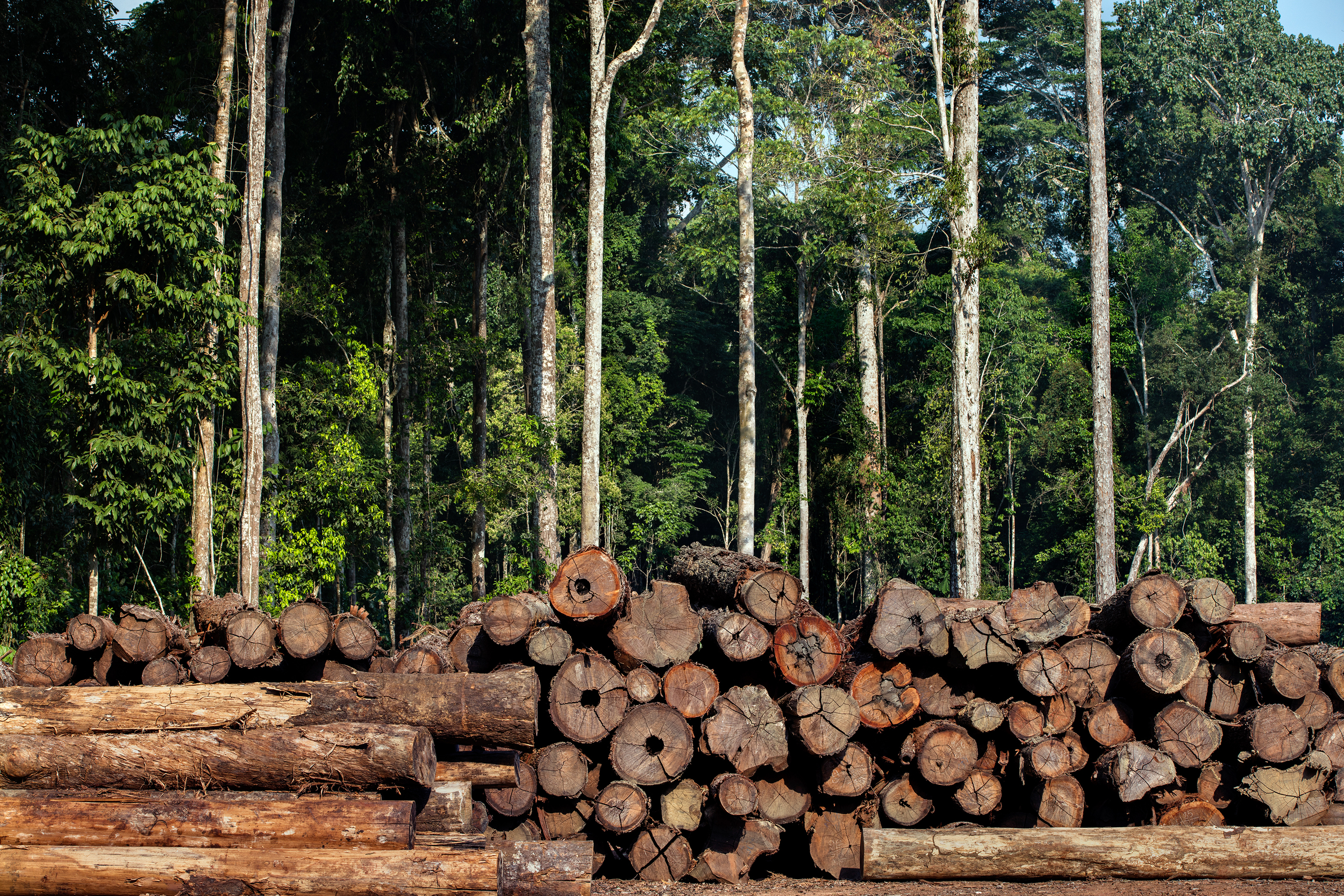


Field research confirmed that paperwork provided by loggers was false — which included deliberate misidentification of trees. “It seems to be no coincidence that the species whose volumes were commonly overestimated by loggers are exactly the ones of higher commercial value”, adds Brancalion.
A notable example is ipê (Tabebuia spp.), a type of wood largely used for construction in many countries. “The extra ipê volume garnered through ‘misidentification’ can easily be used to mask illegal ipês”, the authors wrote in their paper.
In March this year, Greenpeace published a report suggesting that such fraud, which is known locally as ‘heating up the wood’, is much more common than previously thought. Another report published in 2012 by Interpol and the UN Environment Programme estimated that 15 to 30 per cent of the wood traded globally had been obtained illegally — with the estimate rising to 50-90 per cent in tropical countries: the Amazon basin together with Central Africa and Southeast Asia are the regions where most cases of illegal logging occur.
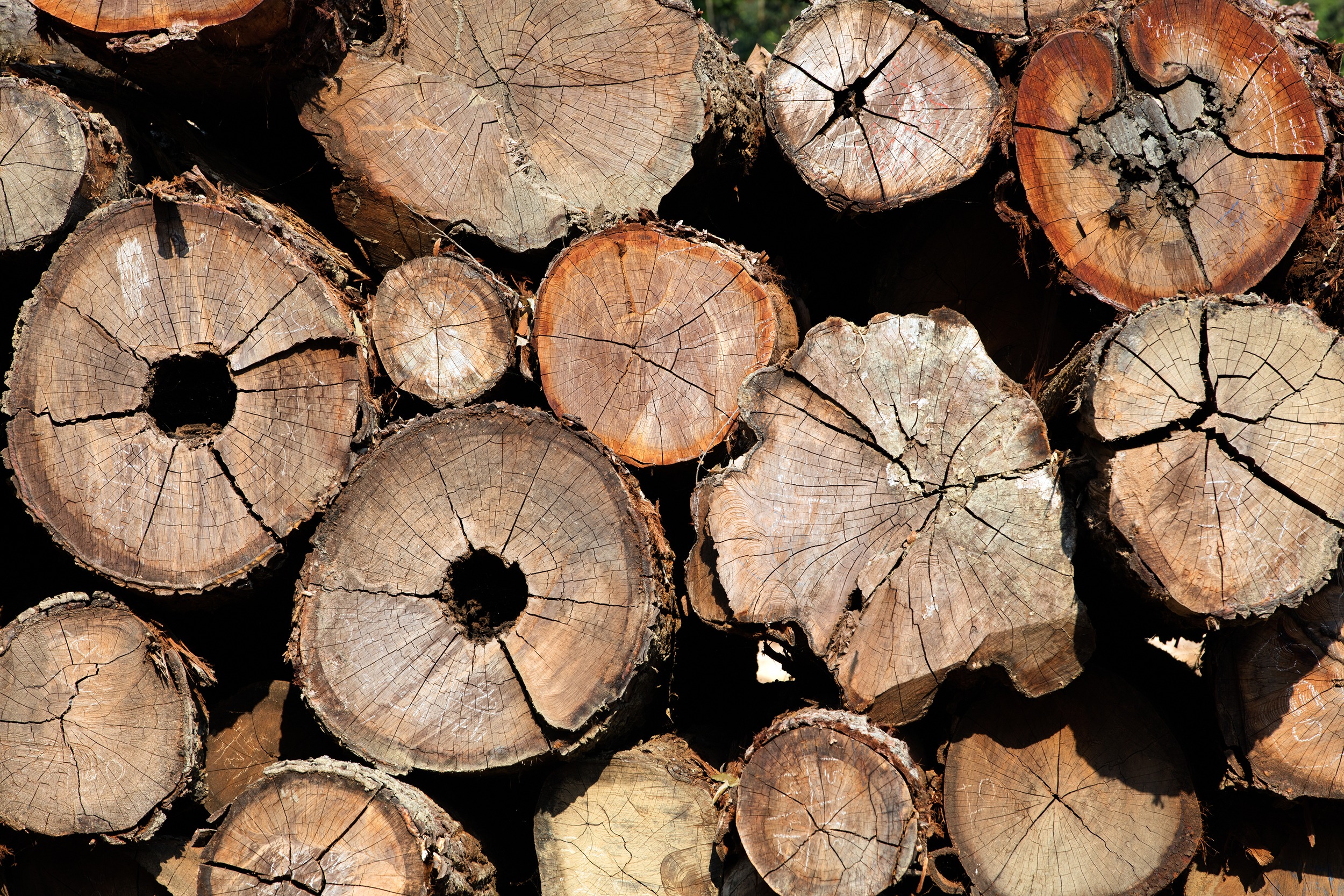


Biologist Joice Ferreira, who works in the Amazon for the Brazilian Agricultural Research Corporation (Embrapa), welcomes the results of the study. “It is the first time a research effort scrutinises the extent to which illegal logging can further threaten the fragile environmental governance in the region”.
Although Brazil had made significant progress in reducing deforestation over the past several years, recent assessments suggest this trend has reversed. According to Imazon’s data, this summer deforestation in the Amazon region reached its highest point in a decade: 1,169 square kilometres was deforested in June of this year, an area equivalent to almost 200,000 soccer fields.
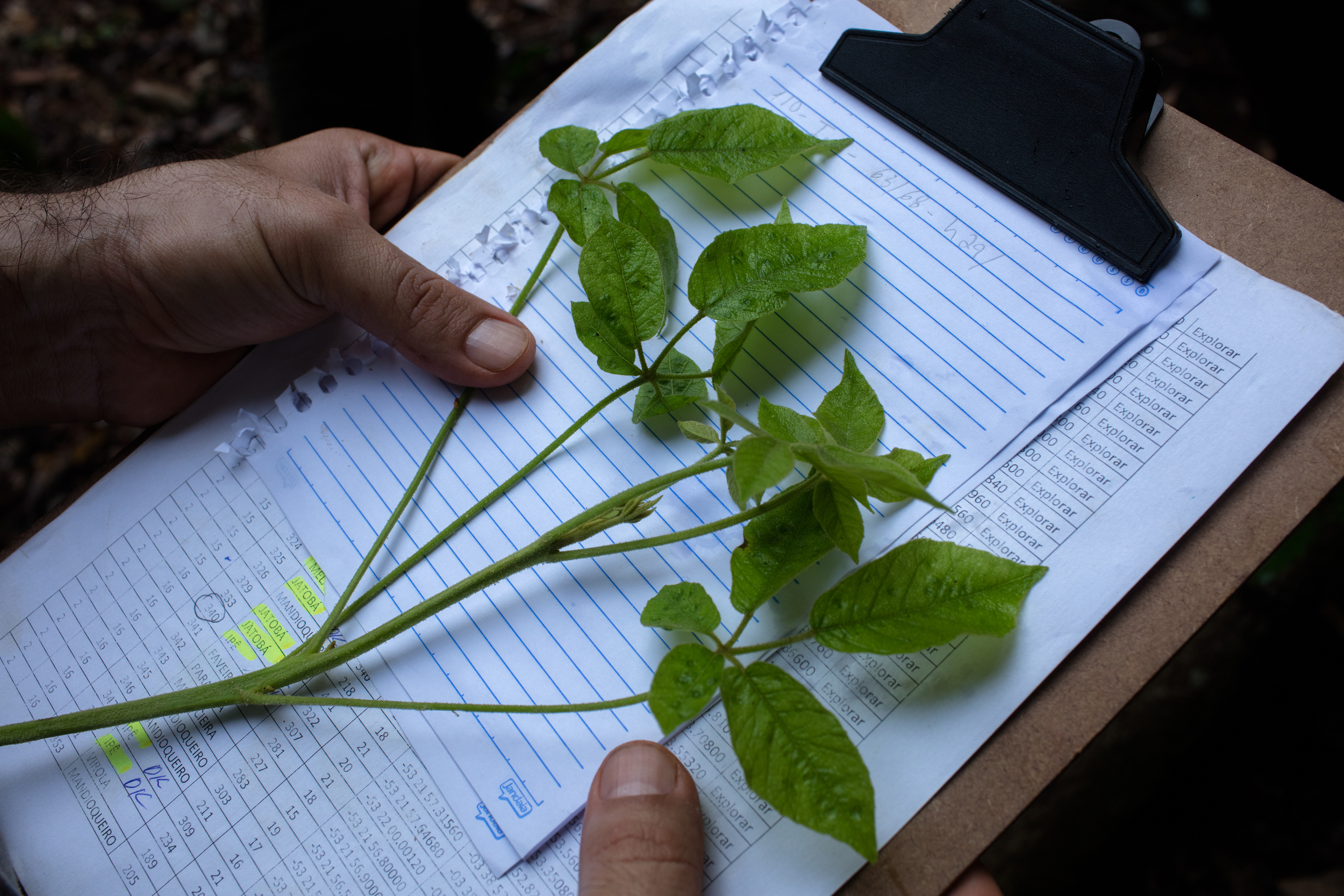


Forest degradation — to which illegal logging contributes — is also increasing. Unlike deforestation, the irresponsible extraction of timber still keeps most of the forest standing, but limits its ecological functions, according to Ferreira.
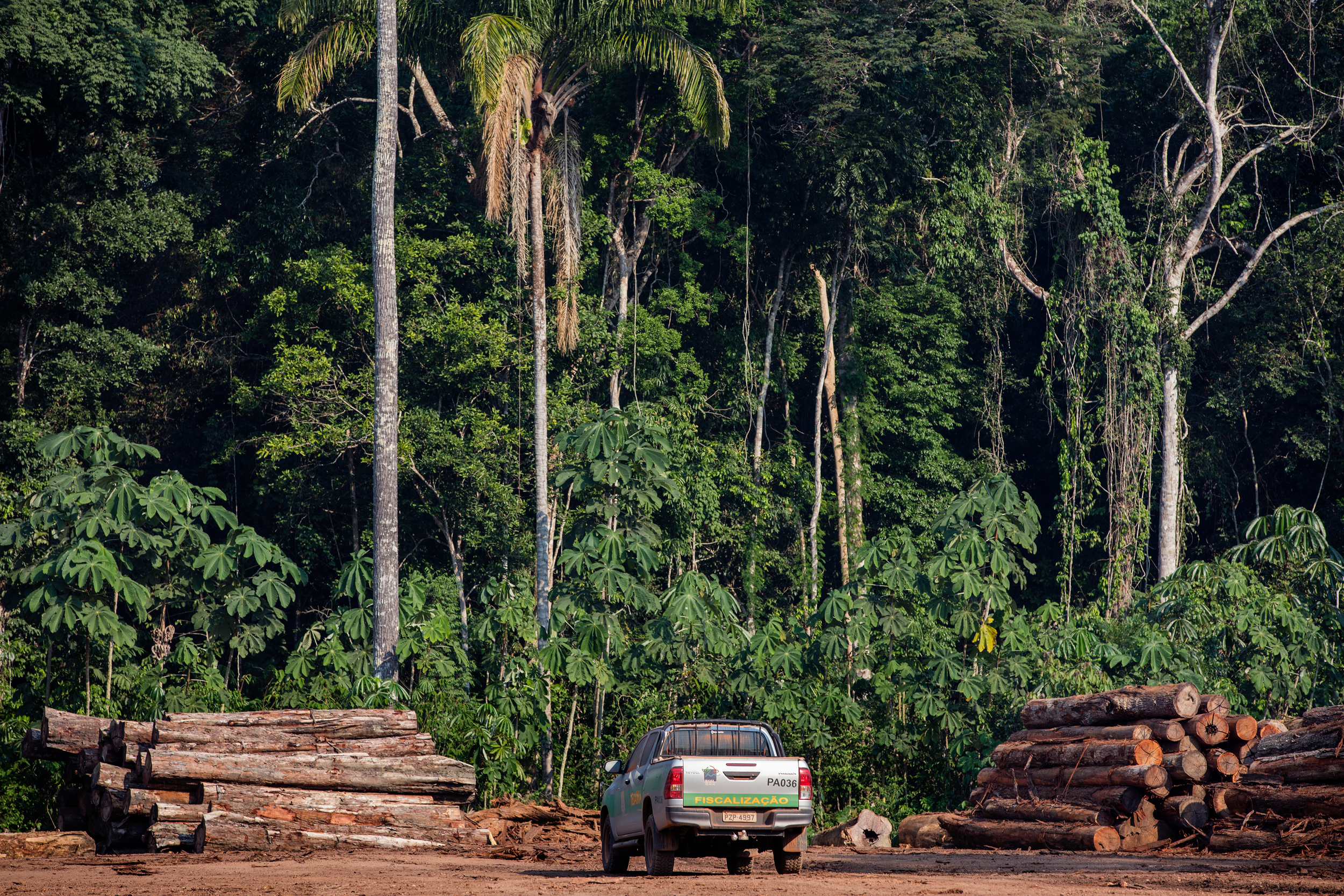


Courtesy of Marizilda Cruppe for SciDev.Net
Brancalion agrees: “Smarter licensing processes is what we need”, he says. “A simple piece of software, based on data from national forest inventories, could easily check whether the information provided by loggers is accurate or suspicious.”
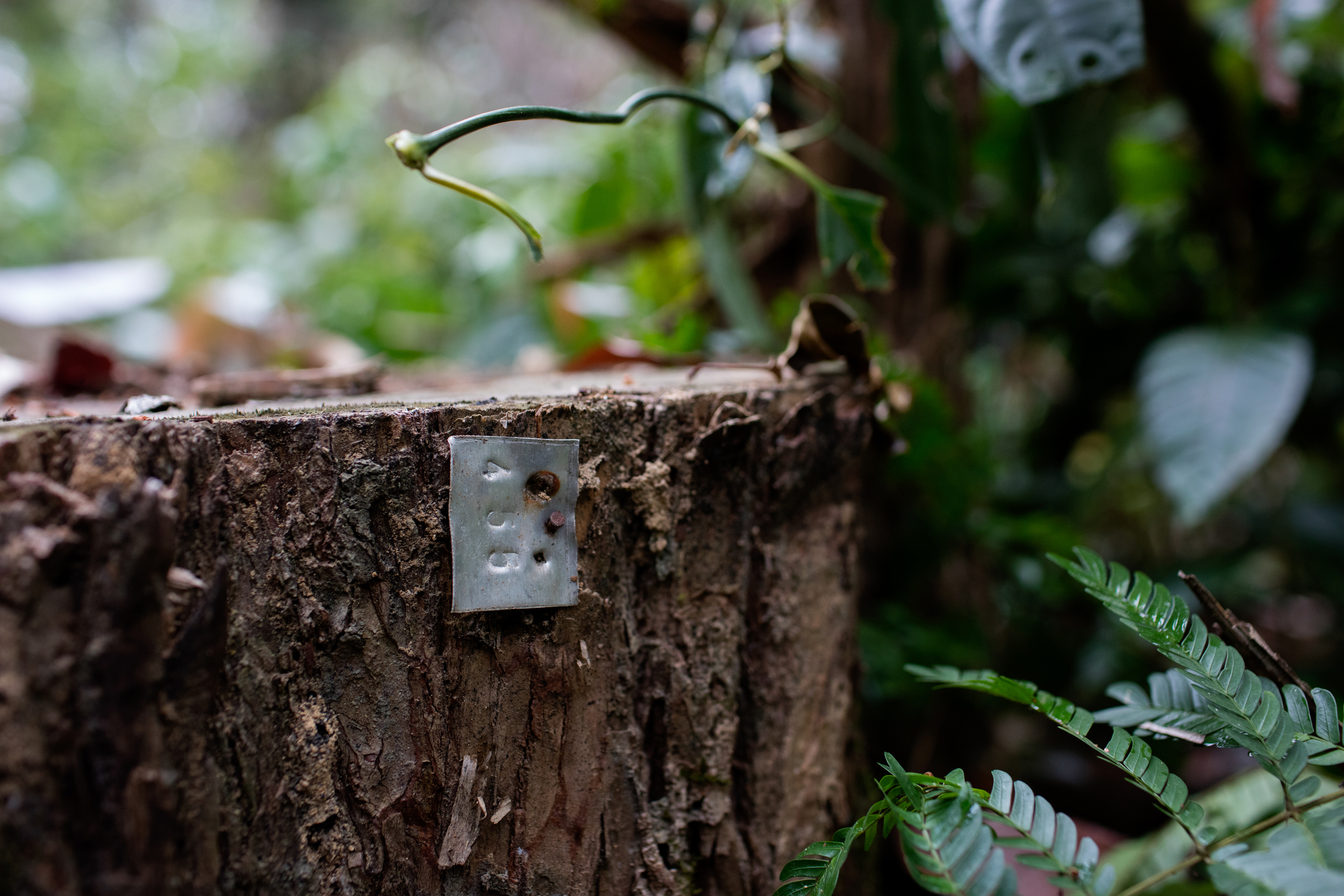


Currently, all documentation provided by loggers and assessed by the environmental bodies of Pará are paper-based — and so without precision, consistency or standardised terminology.
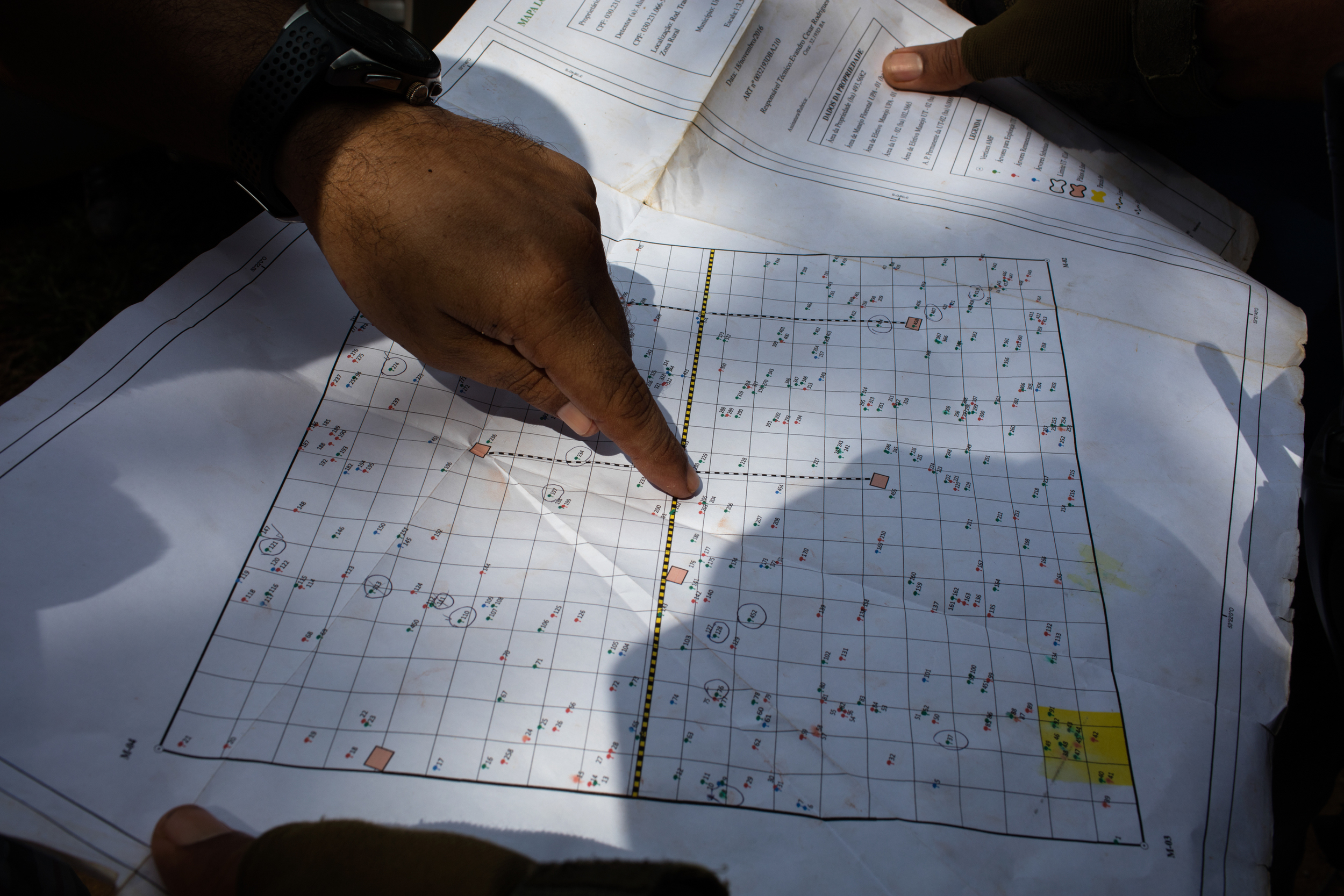


The country’s weak environmental law-enforcement systems are also part of the problem, according to the researchers.
In the state of Pará, the environment secretariat is comprised of less than 60 staff, a fraction of which is meant to be responsible for monitoring an area equivalent to the size of Peru.“At the end of the day, illegal logging is essentially a matter of poor governance,” says Brancalion.
The project coordinated by Pedro Brancalion is supported by FAPESP, one of SciDev.Net’s donors.
This article has been produced by SciDev.Net's Latin America & Caribbean desk.


